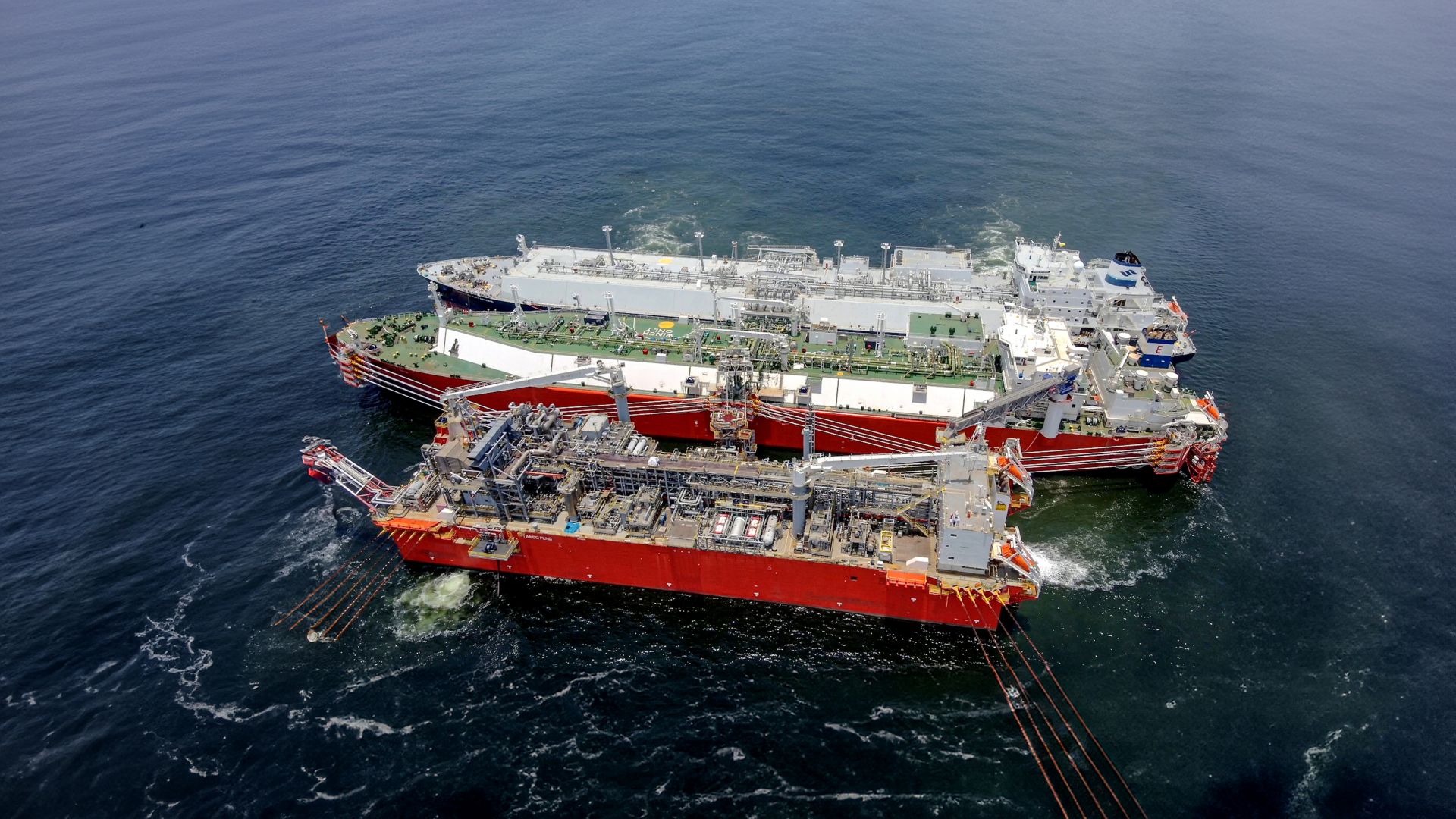This story requires a subscription
This includes a single user license.
Asked about whether Eni would consider signing new offtake deals, including with US Gulf Coast projects, during Eni’s second-quarter results call on July 26, Brusco said he “might not rule out some small deals we can have in the future to complement our portfolio, but the growth is essentially linked to the organic component.”
Eni is mainly building its LNG business with integrated LNG projects such as its 3.4 mtpa Coral Sul (Coral South) FLNG in Mozambique, where it also plans to install a second FLNG, and the Congo FLNG project, which will include two FLNGs.
In February, Eni shipped the first LNG cargo from its Tango floating LNG facility moored in Congolese waters and this shipment arrived at Snam’s FSRU-based facility in Piombino.
The firm also sent the second LNG cargo in May and this shipment landed in Spain.
Last year, Eni also entered into a 27-year deal with state-owned QatarEnergy for the supply of LNG from Qatar to Italy.
Under the deal, Eni will receive up to 1 mtpa, or up to 1.5 billion cubic meters per year, from the joint venture between QatarEnergy and Eni that holds an interest in Qatar’s North Field East (NFE) expansion project.
Eni is a partner in the 32 mtpa NFE expansion project with a 3.125 percent share.
“So we are building a portfolio mainly of integrated projects which spans from the Congo project, which just started up and will increase up to 3 million tonnes per annum by the end of next year,” Brusco said.
In addition to Congo, Mozambique, and Qatar, “we have Indonesia which is currently delivering gas for liquefaction only from the south hub of the Kutei Basin, but soon we’ll have a second hub in the north part,” he said.
“So as you have seen, this is mostly organic reason being our successful exploration campaign in the past year. And we see much more value in the integration rather than buy and sell gas from third parties,” Brusco said.
Egypt LNG cargoes
Earlier this year, Eni said it expects to export “some” LNG cargoes from the Damietta terminal in Egypt next winter as the country turns to imports of LNG to secure gas supplies.
In the meantime, Hoegh LNG’s 170,000-cbm FSRU Hoegh Galleon received its first cargo of LNG in Egypt’s Ain Sokhna since it arrived last month to serve a charter deal with EGAS.
Hoegh signed a deal with EGAS to charter the FSRU for an interim period from June 2024 to February 2026 and the FSRU will help Egypt to address potential gas shortages and fuel power plants during summer months.
Several reports said in June that Egypt has awarded a large tender for 20 LNG cargoes to secure needed supplies.
“I mean it’s open sources information that Egypt has awarded 20 cargoes for the summer from now to September. We don’t have more visibility than the open sources can provide,” Brusco said during the call answering a question about the potential that Egypt may be short of gas even during the winter for the next couple of years.
“Clearly things may change, import from neighbor country or demand in the country may not rise as expected. So we cannot rule out that few (LNG) cargoes may be exported next winter,” he said.
“But for sure, it is not very likely as it was this year,” he said.
“In terms of attractiveness of Egypt as a potential hub, clearly there is this potential. Egypt has capacity in liquefaction, capacity of processing, but this requires alignment between many stakeholders, private, but also government. I know that.. Egyptian government is working on that, but I mean it is quite a long journey,” he said.

